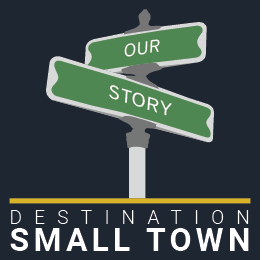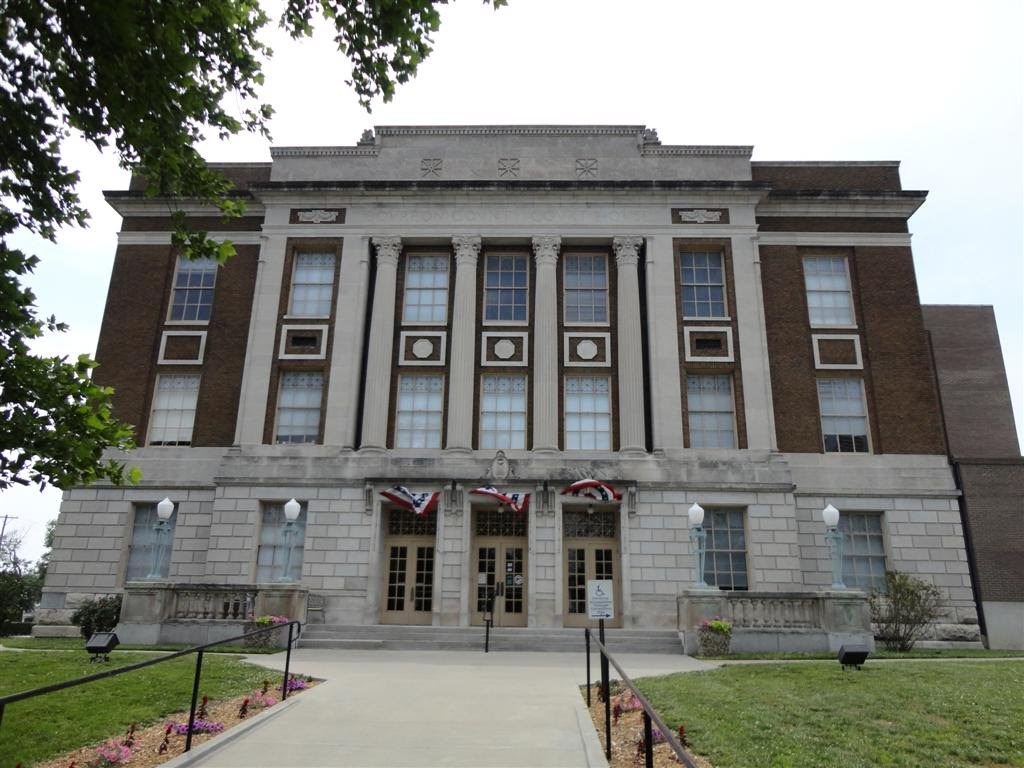Since the founding of our communities, organizations, businesses and citizens have stepped forward to build and serve their community. Click on any of the logos below to learn about those who made this website possible! If you would like to learn about becoming a sponsor CLICK HERE!
- County: Bourbon County, KS
- Region: Southeast KS
- Sponsors
- About Fort Scott, KS
- Businesses
- Community Organizations
- Faith Organizations
- Festivals and Events
- Points of Interest
- Veterans
- Visit Website
Learn how to Contribute to any of the above categories.
No news yet. Got some news? Hit that NEW POST button!
About Fort Scott, KS
Established and garrisoned by the U.S. Army from 1842-1853, soldiers at Fort Scott assisted with the protection of the "Permanent Indian Frontier." After the army abandoned the fort in 1853, the buildings were purchased by local settlers at a government auction in 1855. The former military post became the center of one of the largest towns in Kansas Territory.
Between 1855 and 1861, the citizens of Fort Scott experienced the violent unrest that preceded the Civil War on the Kansas and Missouri border. Eastern newspapers described this violence as "Bleeding Kansas," a result of the national controversy concerning the extension of slavery into the new territories. Murder, mayhem, robbery and arson were committed by bold free-state and pro-slavery advocates in the name of their cause. On January 29, 1861, Kansas entered the union as a free state, but the turmoil of "Bleeding Kansas" continued throughout the Civil War.
During the Civil War, Fort Scott was a U.S Army district Headquarters, quartermaster supply depot, training center, and recruitment station. It was strategically vital to the defense of Kansas and the Midwest.
After the Civil War, Fort Scott was a premier city of the frontier, one of the largest cities in eastern Kansas. On three different occasions, between 1870 and 1900, Fort Scott was in competition with Kansas City to become the largest railroad center west of the Mississippi.
In the early 1900s, Fort Scott's one brick plant produced 100,000 bricks every eight to 10 days. The bricks cost two to four cents each, and a daily shipment filled approximately a dozen railroad cars. Fort Scott bricks were used for the Indianapolis Speedway and in the construction of the Panama Canal. Fourteen miles of brick streets remain in Fort Scott.
During the first half of the 20th century, Fort Scott became the agricultural, small industrial and insurance center which it continues to be today.
Beginning in the early 1960s, the community made a long-term commitment to preserving its extraordinary and elegant past. Today citizens take great pride in the many blocks of preserved architecture. This is reflected in the Victorian homes and commercial buildings, including the jewel of its downtown area, Fort Scott National Historic Site, the restored 1842 Frontier Fort.
That historic past supports a bustling tourism industry marketing to tourists worldwide. Visitors come from every state in the union and over 42 foreign countries.
Businesses of Fort Scott, KS
The businesses of our towns are truly the lifeblood of each community, click on any businesses below to learn about them, to learn how to add your business to your town and county page CLICK HERE!
Bourbon County, KS
Visit our county page and you will find information about our town and county's points of interest, festivals/events and faith community. You also will learn about the community organizations that have built and continue to build strong communities (chambers, community groups, and departments, etc) and much more when you visit the Bourbon County, KS page.

